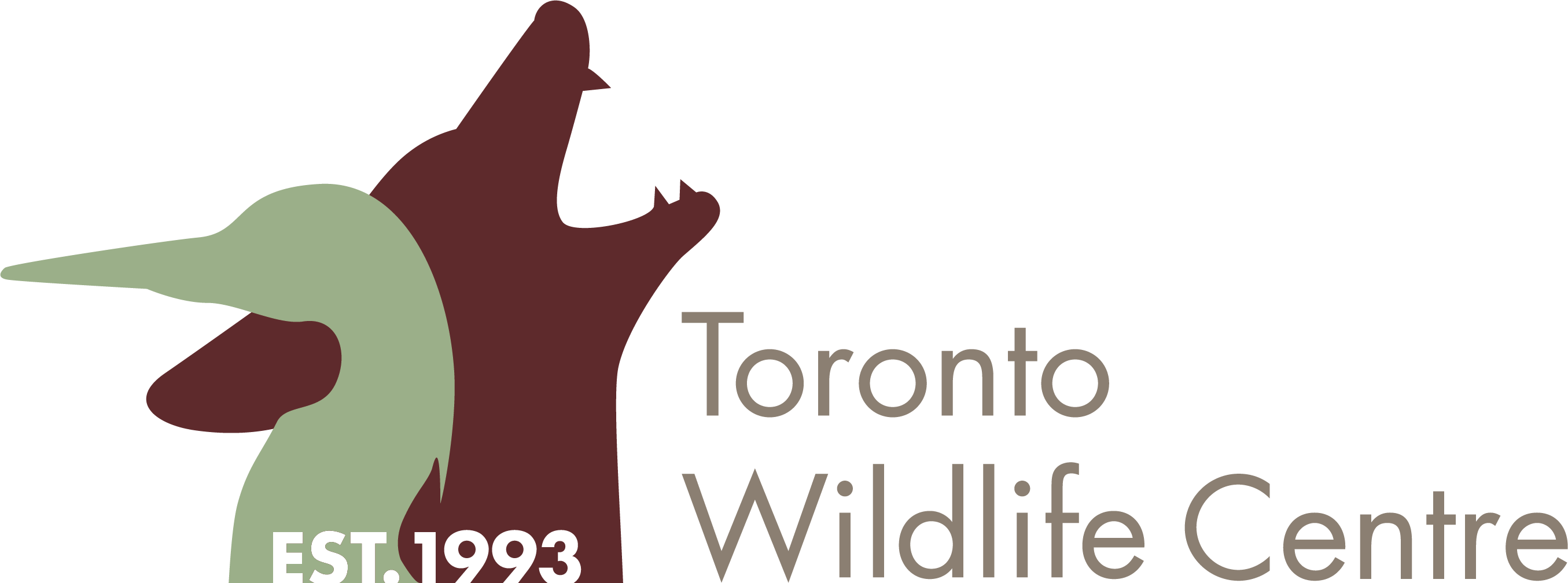First contact a wildlife rehabilitator. While you are waiting to hear back, the following instructions will keep the baby deer safe and comfortable.
What to Do While You Wait. Get the Deer:
A Dark, Quiet Place
Keep the baby deer in a dark, quiet place indoors, in an enclosed or covered container. For deer, a large cardboard box or size appropriate plastic dog kennel is perfect. The deer should be able to comfortably stand and turn around while inside. Keeping the container in a basement, heated garage, or spare bedroom is an excellent spot. The area should be exceptionally quiet.
Keep children, pets, and people away from the room the deer is in. Remember that they are orphaned and frightened, and we want to keep their stress down as much as possible. Unlike our pets, wild animals are not comforted by people talking to them, petting them, or looking at them.
A Heat Source
Although fawns are not normally kept warm by a nest or a parent in the wild, orphaned deer are often in poor physical condition and can benefit from a heat source. Keeping them warm will reduce stress on their system, once their body doesn’t have to fight to keep its temperature up. Placing a heating pad set on “low” underneath half of the container should be adequate.
If no heating pad is available, place the container close to an ambient heat source where possible, such as a spacer heater or radiator (6 inches away, or according to manufacturer’s safety instructions).
Other heat sources (e.g. microwavable heat bags or hot water bottles) that need to be frequently replaced are not recommended with this species, due to the stress to the babies caused by repeatedly opening the container.

